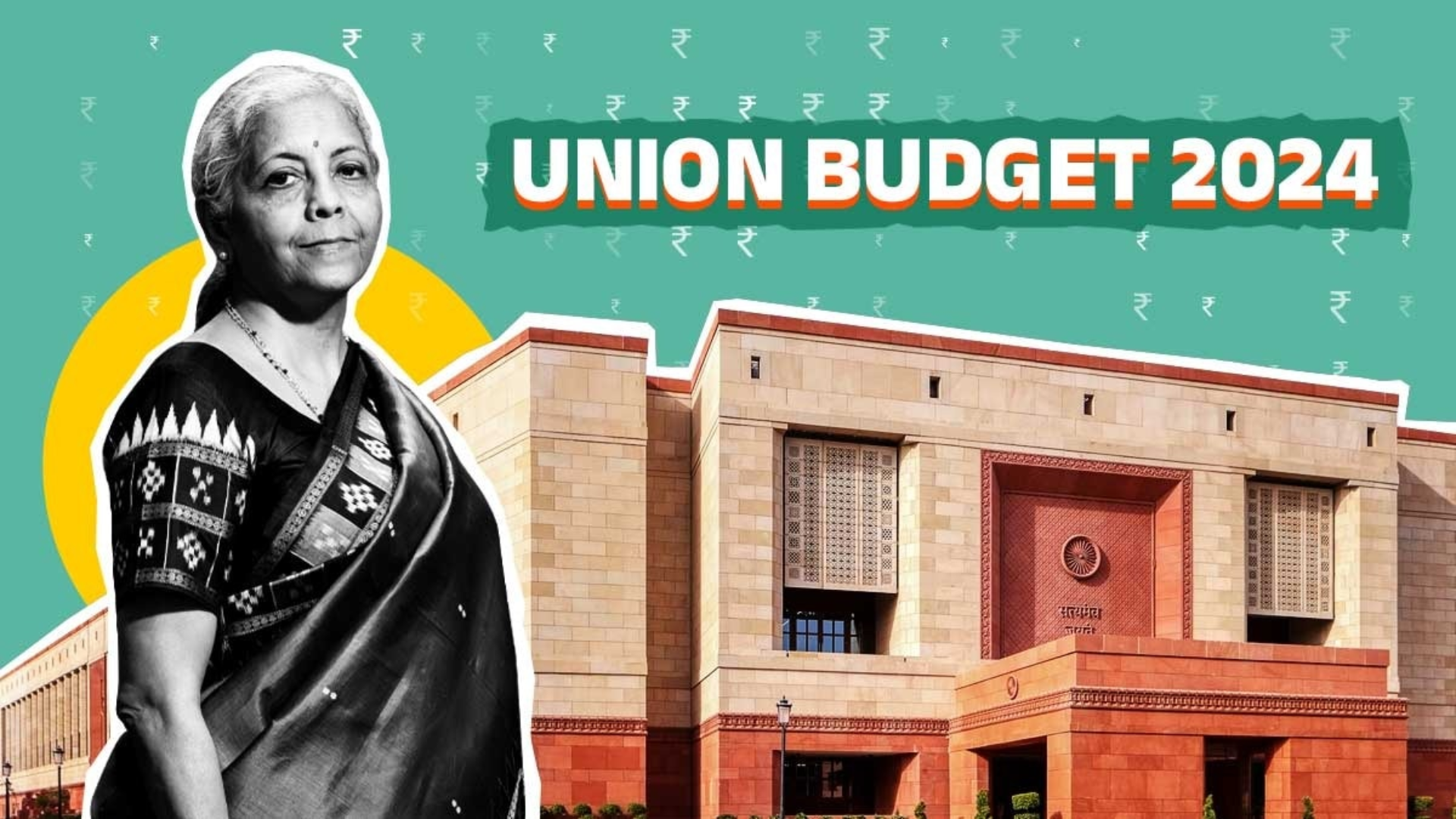As Finance Minister Nirmala Sitharaman gears up to present the Union Budget 2024-25, investors remain wary of potential populist measures that could impact the stock market. However, the government’s financial position, bolstered by unexpected windfalls, suggests these fears may be unfounded.
One significant boon this year was the Rs 2.1 lakh crore dividend from the Reserve Bank of India, far exceeding the Rs 80,000 crore anticipated in the interim budget. This unexpected surplus of Rs 1.3 lakh crore, coupled with potentially underestimated tax collections, positions the government with an excess of Rs 2.6 lakh crore.
Tax collections have shown robust growth, with direct tax revenues from April to July increasing by 20% to Rs 5.75 lakh crore. Corporate taxes rose by 12%, and income taxes surged by 21%, indicating a strong economic performance without signs of slowing down. This suggests that the initial 12% projected increase in tax collections for FY25 could be conservative, potentially resulting in higher-than-expected revenues.
This financial cushion allows Sitharaman significant flexibility in her budget planning. Last year’s capital expenditure (capex) of Rs 11.1 lakh crore, a 17% increase from the revised estimate for FY24, highlighted the government’s commitment to infrastructure development. Although year-on-year capex growth has been below 30%, the finance minister has tempered expectations, emphasizing the need for the private sector to increase its investment.
An ambitious 30% capex growth would require an additional Rs 1.2 lakh crore, while a more modest 25% increase would necessitate Rs 80,000 crore. Even after accounting for these expenditures, Sitharaman would still have Rs 1.4 lakh crore in reserve.
Further, a slight uptick in nominal GDP growth, projected at 11% by economists, could provide additional fiscal flexibility. This growth could reduce the fiscal deficit by 50-60 basis points after meeting capex requirements.
Sitharaman faces a critical decision: prioritize fiscal consolidation or boost consumption spending. While fiscal consolidation offers long-term benefits, including potential sovereign rating upgrades, increased rural spending or tax breaks could stimulate the economy. Rural and agricultural spending growth was modest in recent years, and there is a compelling argument for enhanced investment in these areas.
Despite the government’s cautious approach to rural expenditure, citing its largely unproductive nature, the lack of significant private sector investment is a concern. Weak private consumption growth, despite a strong GDP performance, underscores the need for measures to bolster domestic demand. This is particularly crucial given uncertain global economic conditions and export prospects.
The Finance Minister may strike a balance by increasing capex in ways that directly benefit the rural population, addressing immediate needs while fostering long-term growth. This approach could align rural development with broader economic objectives, ensuring sustained investment and job creation.
As Sitharaman prepares to unveil the budget 2024, her challenge will be to leverage the government’s unexpected fiscal bounty to balance fiscal prudence with necessary economic stimulus. Investors and citizens alike will be keenly watching how she navigates this delicate act.







